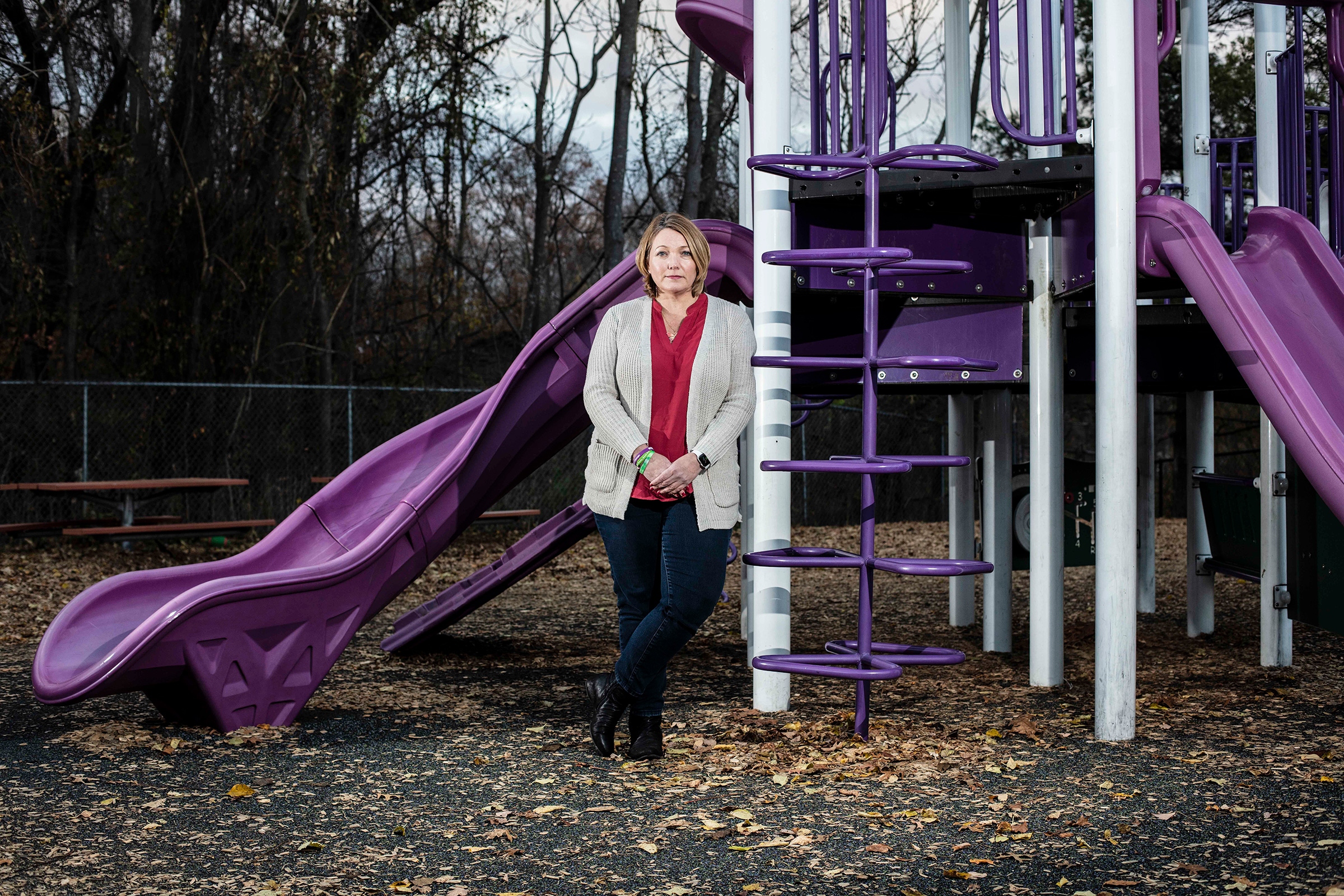
“I just feel numb. It’s horrible but it’s just the latest shooting.”
That was the response of my 17-year-old son, Jake, when I asked how he was doing, last Tuesday night, as we were still learning how many children and teachers had been killed in Uvalde, Texas. I realized this is all my son has ever known. Almost 10 years ago, he hid in his third-grade classroom, listening to what he thought were metal chairs crashing into each other over the school’s messaging system. What he was hearing was 154 bullets being fired from an AR-15, killing 20 first-graders and six educators. What he heard was his little brother, Dylan, being murdered.
I wonder whether Jake’s response was from the trauma from the Sandy Hook Elementary School shooting, or the enduring anxiety and pain his generation has experienced throughout this last decade. These are the children that have grown up with daily reports of gun violence, destroyed families, and reeling communities. When not hearing about school shootings in the news, these are the kids that are practicing for them multiple times a year in active shooter drills. I remember two years ago, after the shooting at Saugus High School in Santa Clarita, Calif., seeing a young student on the news saying she wondered when her school would be next.
This is what too many youth believe – that school shootings and gun violence are an inevitable part of their lives.

Looking at the data, I understand their point of view. In the 10 years since Jake hid in his classroom, 948 school shootings have occurred, taking the lives of and wounding more than 35,000 children and teens, according to Gun Violence Archive. In the first five months of this year, we have had 233 mass shootings in the U.S., and 27 shootings in schools. This is the trauma that is shaping the psyche of this generation.
Consider: A recent study by Brown University showed that 30,177 U.S. service members and veterans of the post 9/11 wars have died by suicide, more than three times the 7,052 killed in the wars after 9/11. The trauma they experienced on the battlefield led to mental health issues they could not overcome.
In America, gun violence and firearm suicide are now the leading causes of death for children and youth aged 1-19. I wonder about the parallels with our military vets. Are our schools now domestic battlefields?
Some will argue this as a reason why we need more armed security officers or teachers, and hardening measures such as locks, bulletproof backpacks and fewer access doors, as well as an even greater emphasis on active shooter drills or simulations where students as young as preschool-aged practice what to do when a shooter comes to their school. But those tactics deal only with imminent danger. Why not instead focus on measures to prevent violence from occurring in the first place?
Some politicians argue we need more guns to protect ourselves from the “bad guys.” But the U.S. already has more guns than people – 120.5 guns for every 100 people – so clearly that doesn’t work. And even if it did, how do we identify the “bad people” before they begin shooting? Some politicians go further and blame all of gun violence on mental health. But if that were truly the problem, wouldn’t those same politicians support policy that restricts someone with mental health issues from accessing firearms?
Yes, we need to provide more mental health funding and resources, remove stigma and treat “mental” health as just “health.” Yes, we need to teach everyone how to recognize the warning signs of someone who needs help, and then take action to prevent any escalation. This is what we focus on at Sandy Hook Promise and we know this preventative model works. Our programs have already averted nine credible school shooting plans and over 300 youth suicides. By better supporting those with anxiety, depression, isolation, and anger, we can prevent many forms of violence and self-harm, enabling people to live productive and positive lives.
We also know escalating gun violence will not stop if we don’t address easy, unrestricted access to firearms. It’s not about taking away Constitutional rights – it’s about sensible regulations that protect our collective right to life.
Right now, Congress is discussing a package of mental health and gun safety measures, including policies such as safe storage, background checks, and extreme risk protection orders. Though this package won’t solve the issue of gun violence, it is a huge step forward and includes many policies that will save lives and provide better mental health support for anyone who needs it.
I have more hope than I have had in a long time. This is what our generation of current students needs. They need to see that we can put aside our partisan politics, and agree on solutions to protect them, and future generations.
More Must-Reads From TIME
- The 100 Most Influential People of 2024
- How Far Trump Would Go
- Scenes From Pro-Palestinian Encampments Across U.S. Universities
- Saving Seconds Is Better Than Hours
- Why Your Breakfast Should Start with a Vegetable
- 6 Compliments That Land Every Time
- Welcome to the Golden Age of Ryan Gosling
- Want Weekly Recs on What to Watch, Read, and More? Sign Up for Worth Your Time
Contact us at letters@time.com